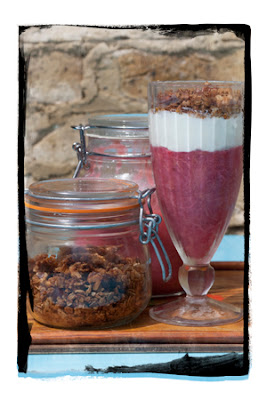NaturalNews) If you read the ingredients label on a loaf of bread, you will usually find an ingredient listed there as L-cysteine. This is a non-essential amino acid added to many baked goods as a dough conditioner in order to speed industrial processing. It's usually not added directly to flour intended for home use, but you'll find it throughout commercial breads such as pizza dough, bread rolls and pastries.
While some L-cysteine is directly synthesized in laboratories, most of it is extracted from a cheap and abundant natural protein source: human hair. The hair is dissolved in acid and L-cysteine is isolated through a chemical process, then packaged and shipped off to commercial bread producers. Besides human hair, other sources of L-cysteine include chicken feathers, duck feathers, cow horns and petroleum byproducts.
Most of the hair used to make L-cysteine is gathered from the floors of barbershops and hair salons in China, by the way.
While the thought of eating dissolved hair might make some people uneasy, most Western consumers ultimately have no principled objections doing so. For Jews and Muslims, however, hair-derived L-cysteine poses significant problems. Muslims are forbidden from eating anything derived from a human body, and many rabbis forbid hair consumption for similar reasons. Even rabbis who permit the consumption of hair would forbid it if it came from corpses -- and since much L-cysteine comes from China, where sourcing and manufacturing practices are notoriously questionable, this is a real concern. In one case, a rabbi forbade the consumption of L-cysteine because the hair had been harvested during a ritual at a temple in India.
While some L-cysteine is directly synthesized in laboratories, most of it is extracted from a cheap and abundant natural protein source: human hair. The hair is dissolved in acid and L-cysteine is isolated through a chemical process, then packaged and shipped off to commercial bread producers. Besides human hair, other sources of L-cysteine include chicken feathers, duck feathers, cow horns and petroleum byproducts.
Most of the hair used to make L-cysteine is gathered from the floors of barbershops and hair salons in China, by the way.
While the thought of eating dissolved hair might make some people uneasy, most Western consumers ultimately have no principled objections doing so. For Jews and Muslims, however, hair-derived L-cysteine poses significant problems. Muslims are forbidden from eating anything derived from a human body, and many rabbis forbid hair consumption for similar reasons. Even rabbis who permit the consumption of hair would forbid it if it came from corpses -- and since much L-cysteine comes from China, where sourcing and manufacturing practices are notoriously questionable, this is a real concern. In one case, a rabbi forbade the consumption of L-cysteine because the hair had been harvested during a ritual at a temple in India.






































